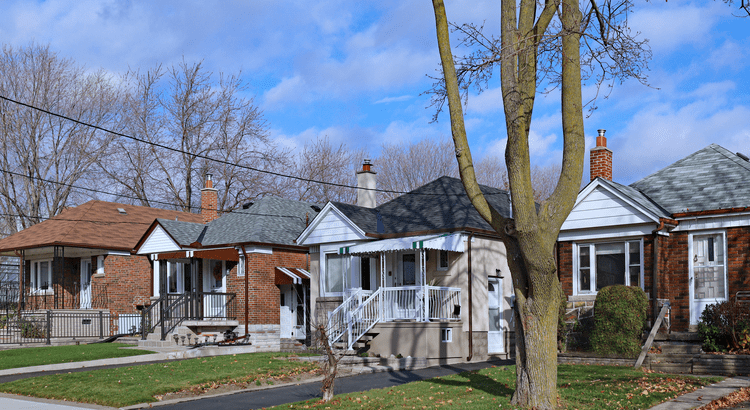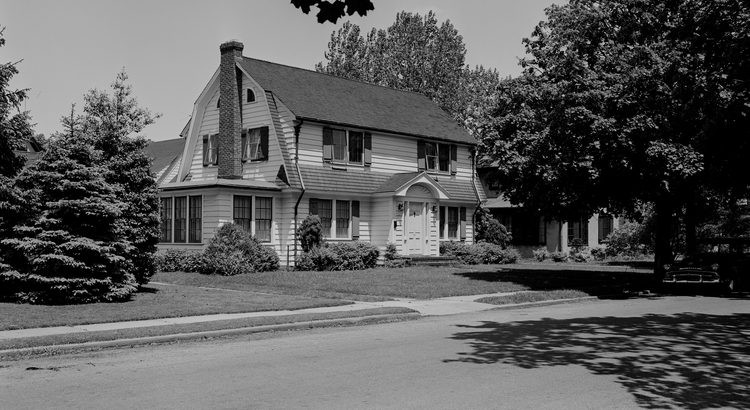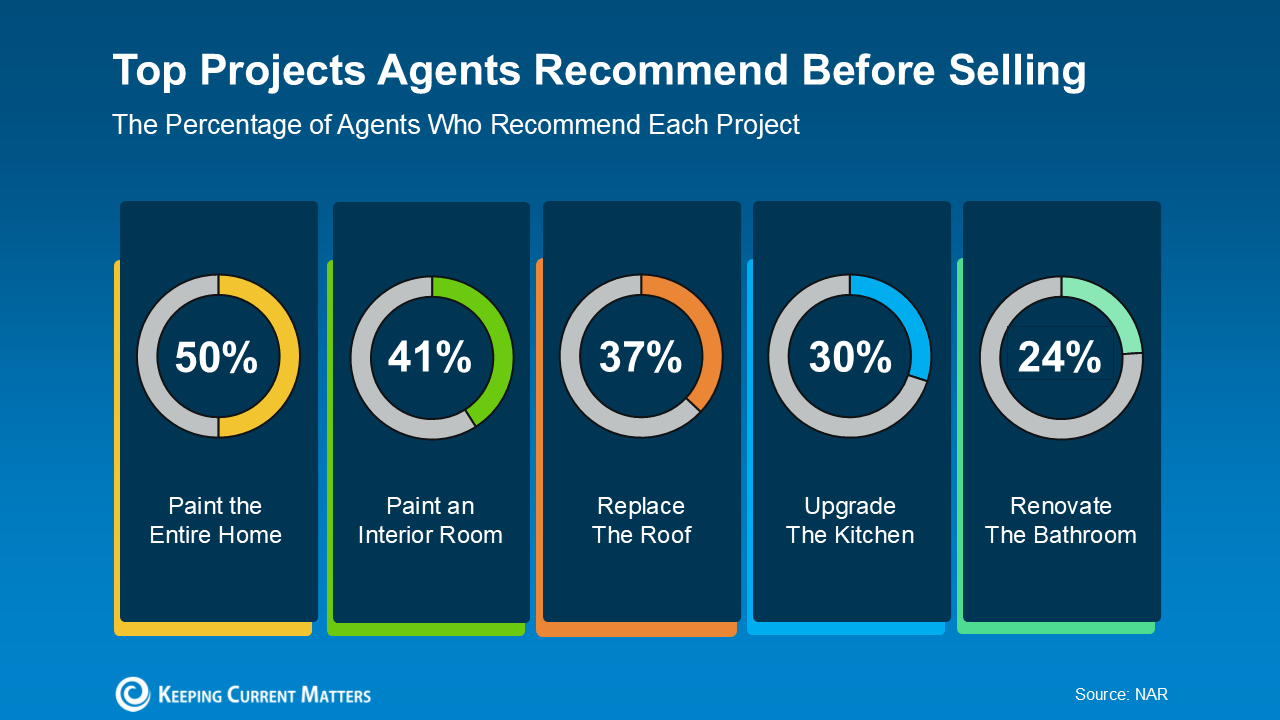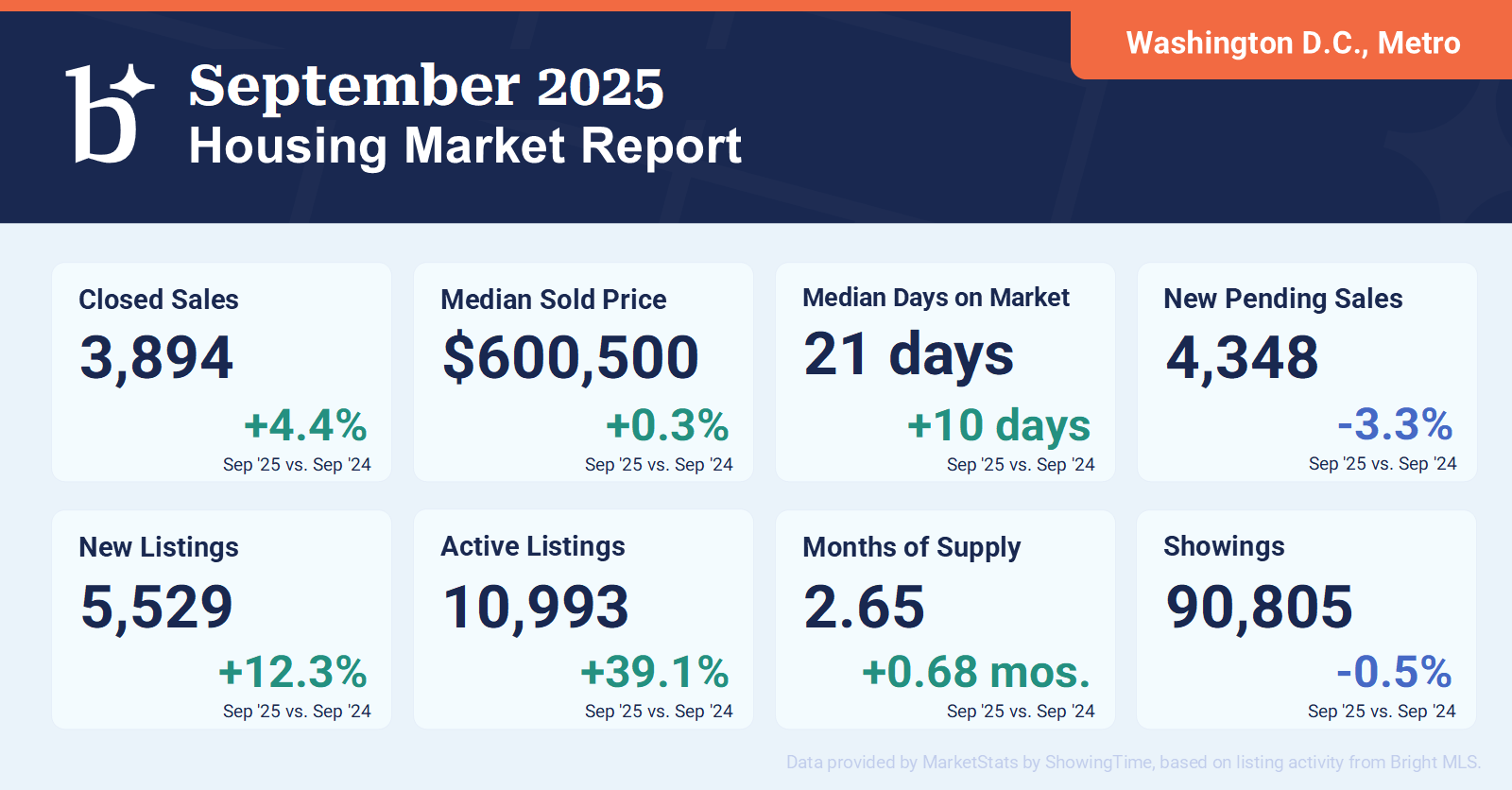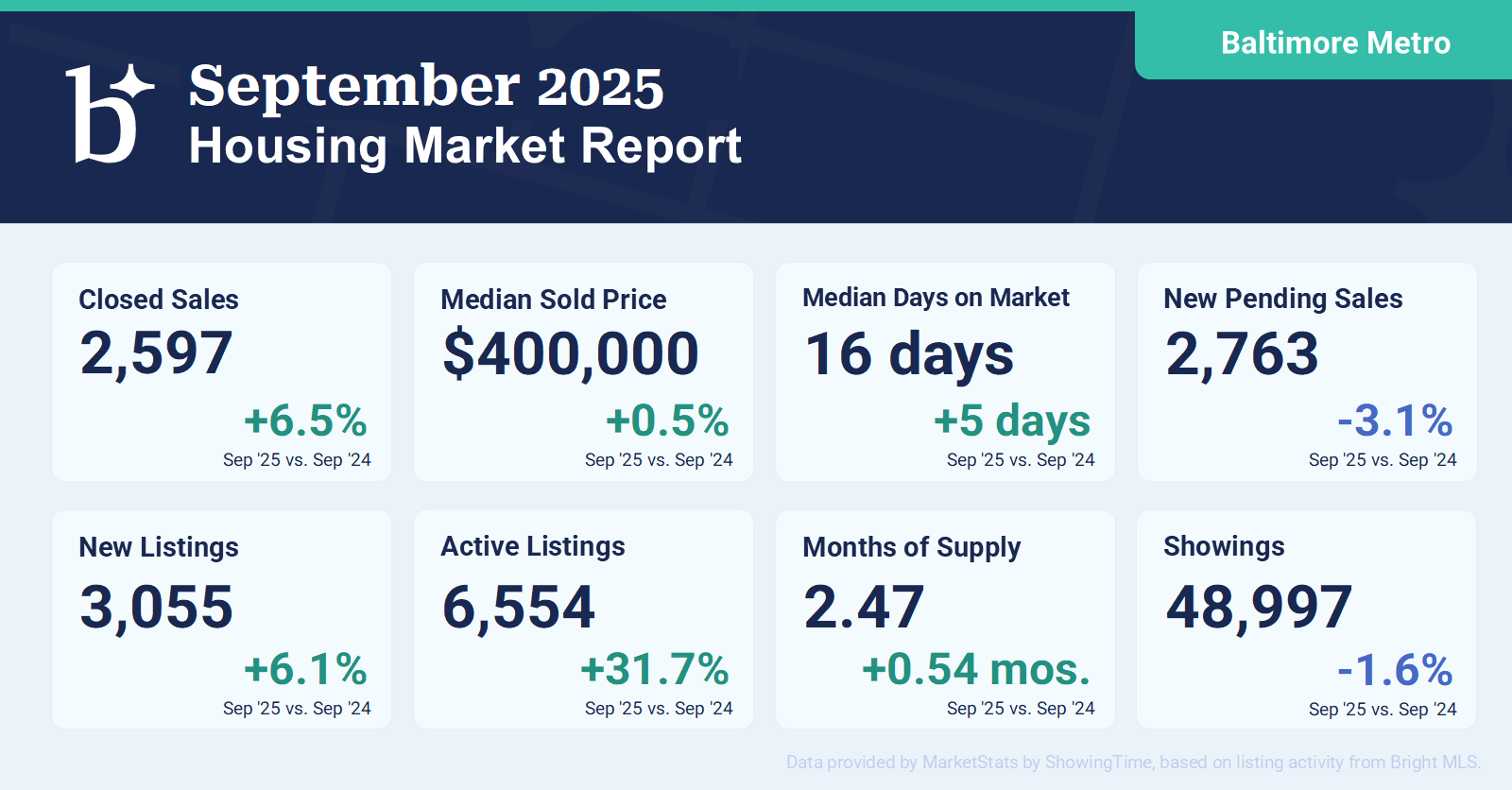Why Today’s Foreclosure Numbers Aren’t a Warning Sign


When it feels like the cost of just about everything is rising, it’s only natural to wonder what that means for the housing market. Some people are even questioning whether more homeowners will struggle to make their mortgage payments, ultimately leading to a wave of foreclosures. And recent data showing foreclosure filings have increased is only feeding into this fear. But don’t let that scare you.
If you put the latest data into context, it’s clear there’s no reason to think this is a repeat of the last housing crash.
This Isn’t Like 2008
While it’s true that foreclosure filings ticked up in the latest quarterly report from ATTOM, they’re still lower than the norm – and way below levels seen during the crash. And it’s a lot easier to see if you graph that out.
If you compare Q1 2025 (on the right side of the graph) to what happened in the years surrounding the 2008 crash (shown in red), it’s clear the market is in a completely different place (see graph below):
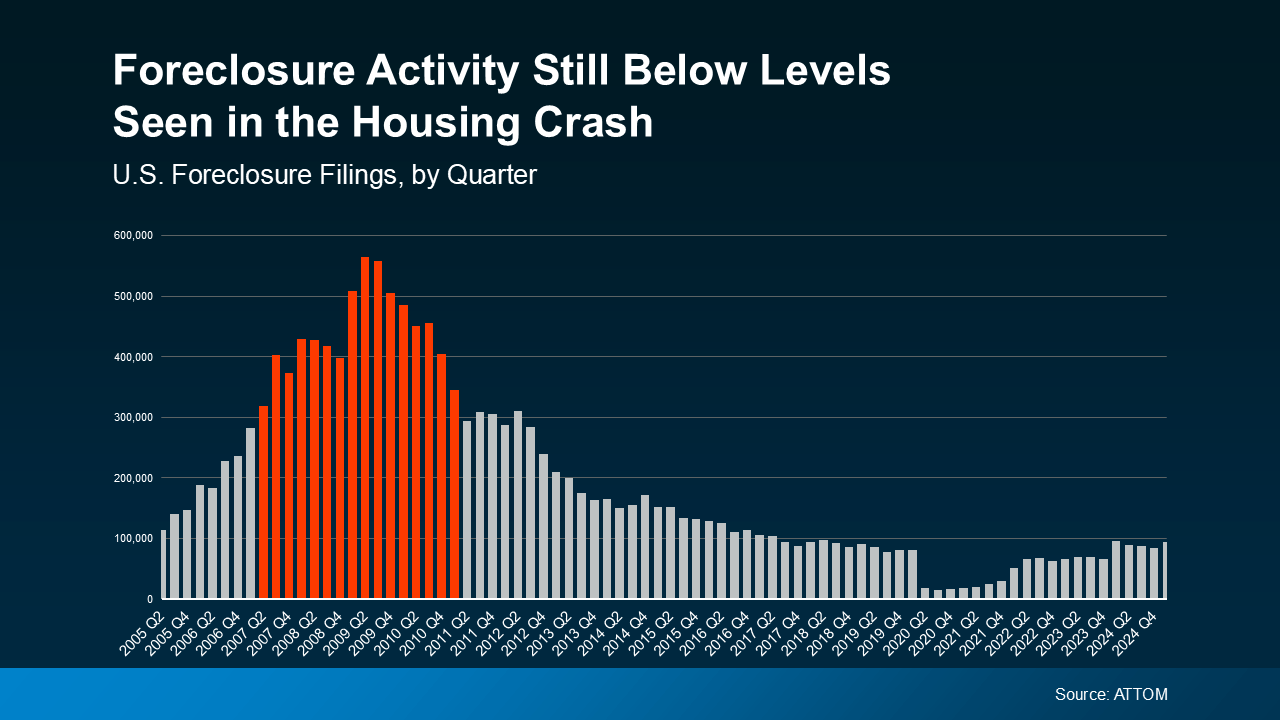 Back then, risky lending practices left homeowners with mortgages they couldn’t afford. That led to a wave of foreclosures, which flooded the market with distressed properties, a surplus of inventory, and caused home prices to drop dramatically.
Back then, risky lending practices left homeowners with mortgages they couldn’t afford. That led to a wave of foreclosures, which flooded the market with distressed properties, a surplus of inventory, and caused home prices to drop dramatically.
Today, lending standards are much stronger, and most homeowners are in a much better financial position. That’s why filings are so much lower this time.
And just in case you’re looking at 2020 and 2021 and thinking we’ve ramped up since then, here’s what you need to know. During those years, there was a moratorium designed to help millions of homeowners avoid foreclosure in challenging times. That’s why the numbers for just a few years ago were so incredibly low.
So don’t compare today to that low point. If you look at more normal years like 2017-2019, overall foreclosure filings are actually down from what’s typical – and way down from the volume during the crash.
Of course, no one wants to go through the process of foreclosure. And the recent increase is emotional because it’s real lives that are impacted – let's not discount that. It’s just that, as a whole, this isn’t a signal of trouble in the market.
Why We Haven’t Seen a Big Surge in Foreclosures
And here's something else to reassure you: homeowner equity. Over the past few years, home prices have risen significantly. That means today’s homeowners have built up a solid financial cushion. As Rob Barber, CEO at ATTOM, explains:
“While levels remain below historical averages, the quarterly growth suggests that some homeowners may be starting to feel the pressure of ongoing economic challenges. However, strong home equity positions in many markets continue to help buffer against a more significant spike . . .”
Basically, if someone falls on hard times and can’t make their mortgage payments, they may be able to sell their home instead of going into foreclosure. That’s a huge contrast to 2008, when many people owed more than their homes were worth and had no choice but to walk away.
Don’t discount the strong equity footing most homeowners have today. As Rick Sharga Founder and CEO of CJ Patrick Company, explains in a recent Forbes article:
“ . . . a significant factor contributing to today’s comparatively low levels of foreclosure activity is that homeowners—including those in foreclosure—possess an unprecedented amount of home equity.”
Here’s why today’s foreclosure activity isn’t a cause for concern:
1. We’re Still Below Pre-Pandemic Norms
It’s important to remember that foreclosure activity during 2020 and 2021 was artificially low due to widespread forbearance programs and foreclosure moratoriums that were put in place to protect homeowners during the pandemic. As those protections have expired, a modest increase in foreclosures is not only expected—it’s part of the market returning to normal.
In fact, current foreclosure numbers remain well below the levels seen before the pandemic. This normalization reflects a shift back to regular servicing practices, not a sign of crisis.
2. Most Homeowners Have Substantial Equity
One of the biggest differences between now and the 2008 housing crisis is homeowner equity. Over the past few years, rapid home price appreciation has significantly increased the amount of equity homeowners have in their properties.
When homeowners face financial hardship today, they’re much more likely to sell their home and cash out than go through a foreclosure. This equity acts as a strong buffer and is helping keep distressed sales low.
3. Lending Standards Have Been Much Tighter
Another key factor is the quality of loans issued in recent years. Lending standards have been more stringent since the Great Recession. Today’s borrowers are more qualified and less likely to default than those who received loans in the mid-2000s.
In other words, the foundation of the current housing market is far stronger than it was 15 years ago.
4. Foreclosures Today Are Often the Result of Long-Term Issues
Many of the foreclosure filings occurring now are tied to homeowners who were already in distress prior to the pandemic. In some cases, foreclosure proceedings were delayed for years due to COVID-era protections. What we’re seeing now is the clearing of a backlog, not a surge of new distressed homeowners.
The Bottom Line
While any foreclosure is unfortunate, the current numbers don’t point to systemic issues in the housing market. With strong equity positions, stricter lending standards, and a historically low foreclosure rate overall, today’s market is in a much healthier place than it was during the last downturn.
So, if you’re seeing scary headlines, take a step back and look at the full picture—today’s foreclosure data is a return to normal, not a red flag.
Book your appointment and let’s talk to take the next step in your real estate journey. Schedule a real estate consultation with one of our team members.
Categories
- All Blogs (111)
- Agent (103)
- Baltimore (98)
- Baltimore Real Estate (95)
- Buying (93)
- Closing Cost (10)
- Commercial Real Estate (92)
- D.C (95)
- Downsizing (87)
- Equity (107)
- First time homebuying (86)
- home buying tips (89)
- Home Selling (64)
- home selling tips (25)
- Homebuying (89)
- Investing (101)
- Lower Prices (102)
- Market Reports (82)
- Market Update (84)
- Maryland (101)
- Maryland Real Estate (101)
- mortgage (81)
- mortgage rates (83)
- purchasing a home (89)
- Real Estate (105)
- Real Estate Agent (105)
- Real Estate Report (79)
- Retirement (83)
- Selling (67)
- VA Loan (6)
- Veterans (7)
- Washington D.C (88)
Recent Posts

